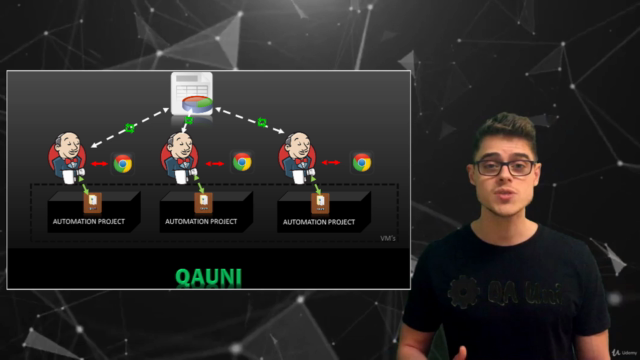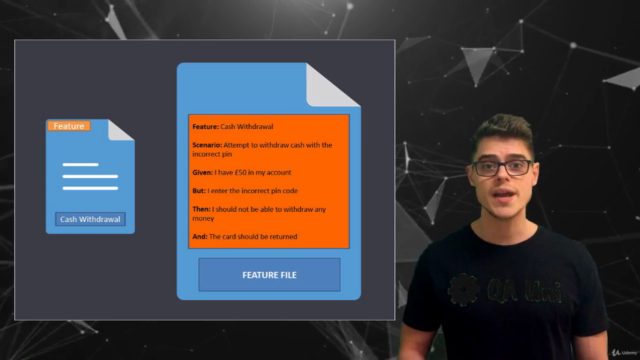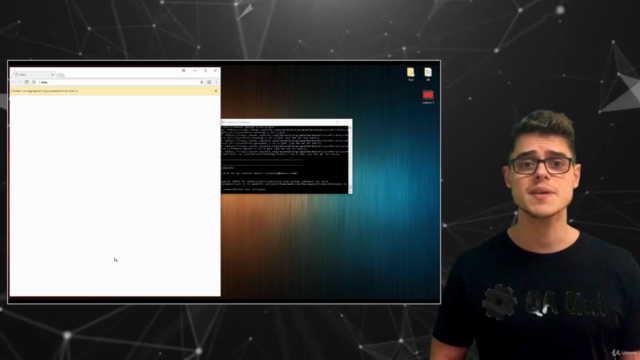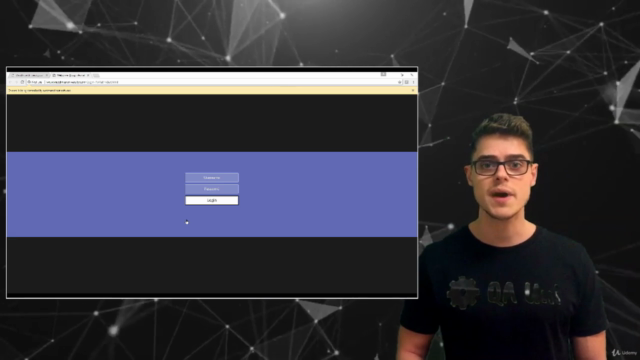Selenium WebDriver 4, Cucumber BDD, Java & More!

Why take this course?
It looks like you've provided a comprehensive outline for a Selenium WebDriver and Cucumber automation course, which covers both the theoretical aspects and practical implementation. The course is designed to take students from the basics of Java and Selenium WebDriver to advanced concepts in Cucumber BDD, including framework development, reporting, and continuous integration with Jenkins. Here's a brief overview of what the course seems to offer:
-
Introduction to Java and Maven: Getting familiar with the Java programming language and the Maven build automation tool, which is essential for managing project dependencies and building the project.
-
Selenium WebDriver Setup: Learning how to set up Selenium WebDriver with different browsers like Chrome and Firefox using their respective drivers (Chromedriver, Geckodriver).
-
Page Object Modeling (POM): Understanding the concept of modeling pages for better maintainability and reusability of test code.
-
Cucumber BDD Setup: Setting up Cucumber for behavior-driven development, including feature files, step definitions, and understanding the execution flow.
-
Advanced Java Concepts: Diving into advanced Java concepts that are important for writing robust and efficient test scripts.
-
DriverFactory and Test Data Management: Implementing a DriverFactory to manage WebDriver instances and handling test data effectively.
-
Wait Strategies and Element Interaction: Learning the correct way to wait for elements to be interactable on a web page, which is crucial for reliable test scripts.
-
Testing Web Applications: Practical sessions on testing various types of web applications with real-life scenarios.
-
Cucumber Step Definitions: Writing meaningful and maintainable step definitions in Cucumber.
-
TestNG Assertions and Data Providers: Utilizing TestNG features for robust test cases with data providers and custom assertions.
-
Reporting with Extent Reports: Generating detailed reports of test executions using tools like Extent Reports.
-
Continuous Integration with Jenkins: Setting up a continuous integration pipeline in Jenkins to automate the execution of tests and handle build processes.
-
Parallel Execution: Learning how to execute tests in parallel across different browsers or environments to speed up test execution.
-
Best Practices, Design Patterns, and Code Optimization: Discussing best practices, design patterns, and code optimization techniques for maintaining high-quality test automation code.
-
Troubleshooting and Debugging: Addressing common issues and learning effective debugging techniques to diagnose and fix problems in test scripts.
The course also includes hands-on practice, real-world examples, and access to course notes and code samples for each topic. It's a well-rounded curriculum that seems to cover all the necessary aspects of Selenium WebDriver and Cucumber automation, from setup to advanced concepts, including reporting and integration with continuous deployment processes.
For anyone interested in learning test automation using Selenium WebDriver and Cucumber, this course appears to be a comprehensive guide that would prepare them for real-world testing scenarios.
Course Gallery




Loading charts...